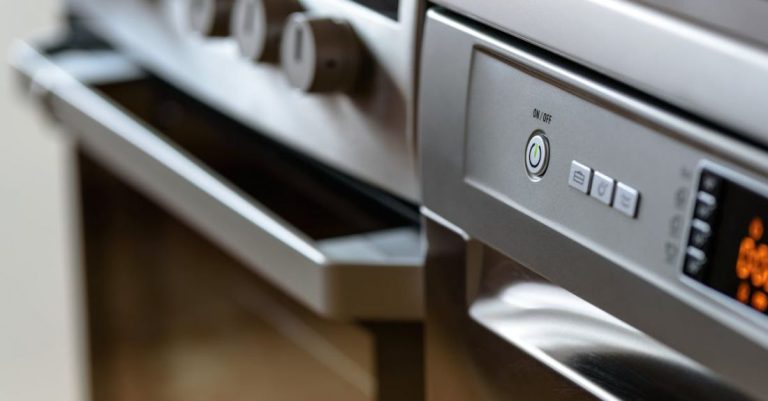
Water conservation is a vital practice that helps preserve this precious resource for future generations. However, there are several common myths surrounding water conservation that can misguide people’s efforts in saving water. By debunking these myths, we can better understand how to effectively conserve water in our daily lives.
Myth: Running Water While Brushing Your Teeth Saves Water
One of the most common water conservation myths is the belief that leaving the tap running while brushing your teeth saves water. In reality, running the tap while brushing can waste a significant amount of water. According to the Environmental Protection Agency (EPA), turning off the tap while brushing your teeth can save up to 200 gallons of water per month for a family of four. This simple act can make a substantial difference in water conservation efforts.
Myth: Washing Dishes by Hand Saves More Water Than Using a Dishwasher
Some people believe that washing dishes by hand is more water-efficient than using a dishwasher. However, modern dishwashers are designed to be highly water-efficient and energy-efficient. When you wash dishes by hand, you tend to use more water than necessary, as well as energy to heat the water. On the other hand, dishwashers are equipped with sensors that adjust the water usage based on the load size, making them a more efficient choice for conserving water.
Myth: A Leaky Faucet Is Not a Big Deal
Another common misconception is that a leaky faucet is not a significant water waster. However, even a small leak can waste a surprising amount of water over time. According to the EPA, a faucet that drips just once per second can waste more than 3,000 gallons of water in a year. Therefore, it is essential to fix leaky faucets promptly to prevent unnecessary water wastage.
Myth: Shorter Showers Are Always More Water-Efficient
While it is true that shorter showers can help conserve water, the misconception lies in the belief that shorter showers are always more water-efficient than baths. In reality, the amount of water used during a shower versus a bath depends on several factors, such as the length of the shower and the flow rate of the showerhead. A standard showerhead typically uses less water than filling up a bathtub, but taking excessively long showers can negate any water savings. It is essential to be mindful of the duration of your showers to ensure water is not being wasted.
Myth: Watering Plants at Midday Helps Them Grow Better
Some gardeners believe that watering plants at midday is more effective for plant growth. However, watering plants during the hottest part of the day can lead to water evaporation before it reaches the roots. The best time to water plants is early in the morning or late in the evening when the sun is less intense, allowing the water to penetrate the soil and reach the roots effectively. Additionally, watering plants deeply but less frequently promotes healthy root growth and reduces water wastage.
Myth: Installing Low-Flow Fixtures Will Significantly Reduce Water Usage
While installing low-flow fixtures can help reduce water usage, the misconception is that they will automatically lead to substantial water savings. Low-flow fixtures, such as toilets, showerheads, and faucets, are designed to limit water flow without compromising performance. However, it is essential to combine the use of low-flow fixtures with mindful water usage habits to maximize water conservation efforts. Simple practices like fixing leaks, turning off the tap when not in use, and using appliances efficiently are equally important in reducing water wastage.
Debunking Common Water Conservation Myths
Water conservation is a collective effort that requires awareness and action from individuals to make a meaningful impact. By debunking common myths surrounding water conservation, we can adopt more effective practices to preserve this critical resource for future generations. Taking simple steps like turning off the tap while brushing teeth, using a dishwasher instead of washing dishes by hand, fixing leaks promptly, being mindful of shower duration, watering plants at the right time, and combining low-flow fixtures with conscious water habits can contribute to significant water savings. By dispelling these myths and implementing practical water conservation strategies, we can all play a part in safeguarding our planet’s water resources.





